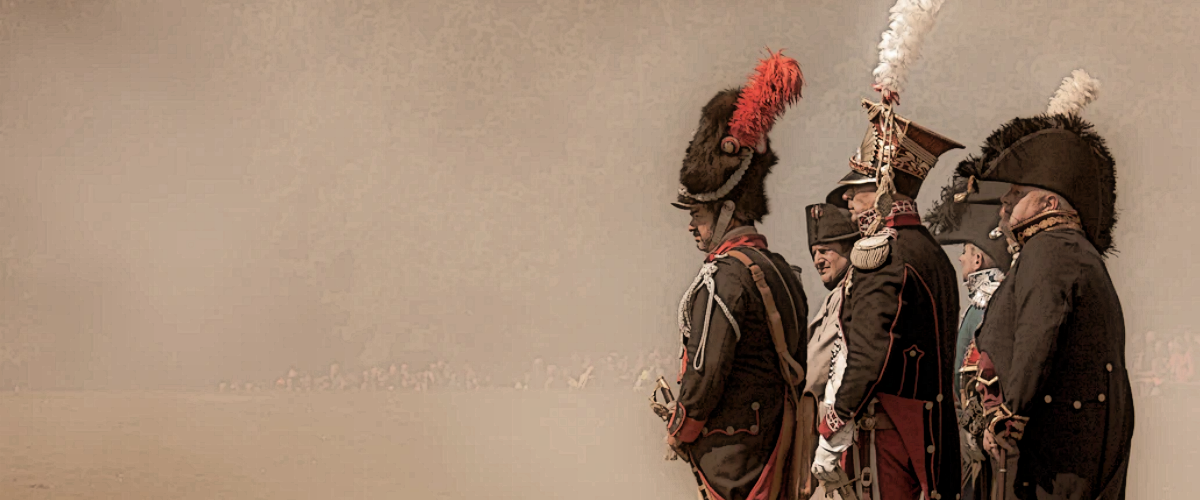Dragon
Dragons are large, six-limbed reptiles. Their brains are more similar in structure to a corvid's rather than a lizard's, which gave rise to successful domestication attempts. The creatures are capable of flight, although the exact methods through which this is attained are unknown. Dragons have many subspecies, but almost all dwell in low-to-moderate altitude mountains. There is some overlap of the subspecies' endemic ranges.
Etymology
The genus name of dragons — Draconis — comes from Latin for "dragon". The species name — artus — comes from the Latin for "joint", in reference to dragons having more joints than any other species in the Draconis genus.
Subspecies
The subspecies of dragon are as follows:
Firebreathers
Waterspitters
Screamers
Breathless Dragons
Domestication
All subspecies of dragon have been domesticated by the peoples of Azora. The most notable of the subspecies are the Hochian Blackfires, as they are commonly used throughout most of Azora for smelting and forging. Despite being in common use, only Adraus has truly perfected the art of using dragonfire.
Another notable subspecies is the Southern Stonejaw dragon of Seraus, which has a bite that can rip through steel. Bright Wilderwing dragons are usually used as riding dragons.
Many other subspecies — including Bold Glinterwings and Northern Stonejaws — are commonly used similarly to livestock.
Appearance
Dragons have certain features in common. These include having one head; one tail; two hind legs; two forelegs; and two wings. Some subspecies have far shorter tails than others, some have smaller wings, and some have forelegs capable of grasping and manipulating objects.
Dragons are covered in hard scales. They can have their hides used to make armor and decorative pieces.
Some dragons have horns, but not all. Horned dragons commonly have their horns ground down to two inches. Horned dragons tend to have smaller wings thanks to their cave-dwelling natures. They are more likely to stand their ground and fight when confronted with threats when compared to their larger-winged brethren.
Reproduction
Dragons are a sexually-reproducing, oviparous species. They lay up to 6 eggs per clutch, although only between 2 to 4 eggs ever hatch in larger clutches. Dragons have a single mating season of three months in the winter. As producing eggs is taxing on the bodies of the females, these mating seasons only occur once every four years. There is at least one clutch per any year in each herd, for the subspecies that form them. Years without clutches in herding subspecies are extremely rare, and normally signify famine or disease within the group. In the subspecies that do not form herds, the cycle of breeding is far more fixed, and most solitary dragons become fertile in the same year.
Eggs are laid at the beginning of summer and hatch by the end of summer. The first three months of a young dragon's life are normally spent alone, as the parents are busy gathering food for their young.
Dragons are known to be attentive parents to their young, which stay with their mother for two years before finally leaving the nest permanently. Despite dragons not becoming sexually mature until four years of age, they will sometimes take mates before that if hormonal imbalances are present. These mates cannot produce offspring until they are sexually mature, but they certainly will try. Dragons tend to stay with the same mate for at least five reproductive cycles, or roughly twenty years.
Genetic Descendants
Scientific Name
Draconis artus



Comments